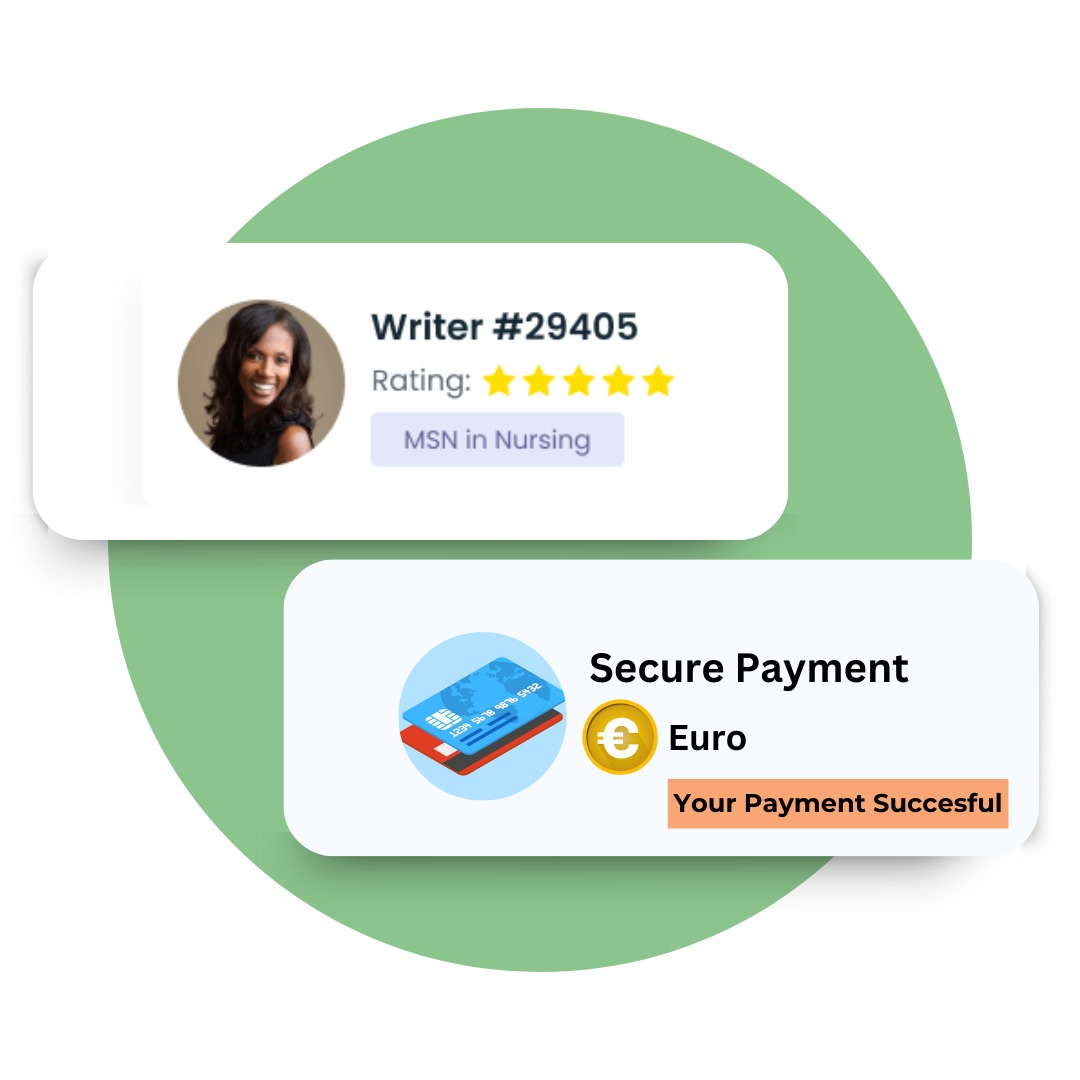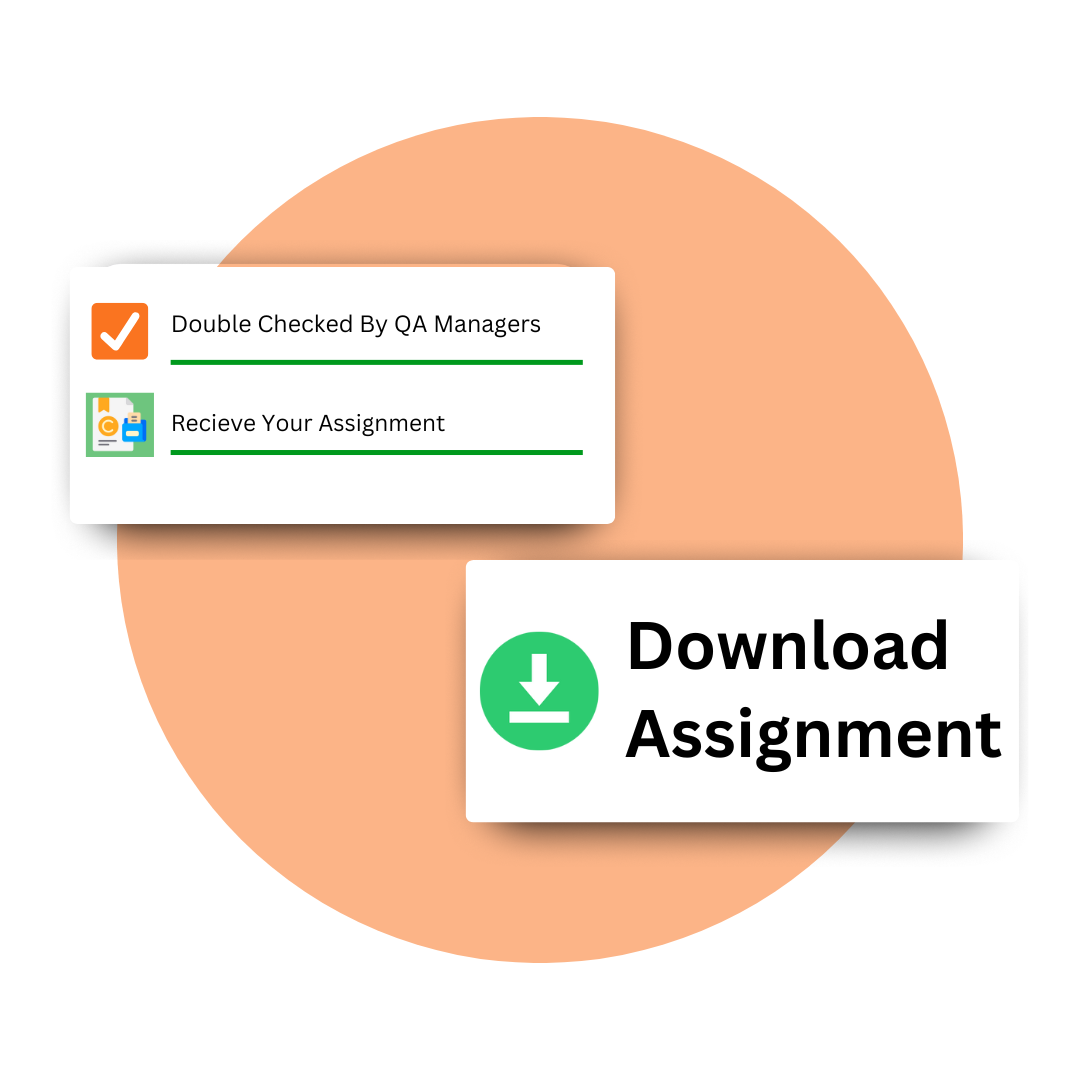Take a look, where you can hire our experts in just three simple steps for the CIPD-7OS02 course.

Submit your order form to hire our expert learning and development practice assignment writers and mention all the important details.

We’ll send you a quote after receiving your order form. You can make a payment using PayPal, credit/debit cards, or online banking services.

Our assignment writers will begin with your assignment immediately. You can download the completed version from the mail.
Our team has well-qualified writers who are natives of the UAE. They possess expertise in Learning and Development. This will ensure that your assignment is crafted based on local requirements for academic excellence and cultural context.
We use only human-authored writing in our services. We do not take any AI-generating writing. Our AI removal service helps all those students whose drafts are accepted and have some AI-written content.
We strictly work according to your university guidelines or course, which can be about academic requirements, structure, and format standards.
cipdassignmenthelper.ae believes in cost-effectiveness for every student in the UAE. Our high-quality assignment assistance won't break the bank, therefore.
Do you need CIPD 7OS02 assignment assistance? We are here no matter how difficult the topic or deadline is. Our writers will make sure to complete all necessary tasks to help to succeed them. We will make sure that your assignment meets strict requirements and we will not send it to you unless we are 100% satisfied. Just place an order or get a free quote and wait for the wonderful result.
cipdassignmenthelper.ae provides you with the best assignment writing service for your worries. We focus on providing high-quality content at affordable prices that assist students in succeeding. We have a team of professionals, who are proficient in writing and well educated enough to assist you with all your assignment problems. We assure you that we can write any type of assignment for your academic career- whether it’s a literature review, essay writing, critical thinking, or research article writing. Contact us today to get a free quote for your assignment.
The external environment would actually affect an organization’s learning and development strategy primarily due to required changes in skills and knowledge to stay competitive. The organization would be forced to change its training programs to meet new organisation demands triggered by factors such as technological changes, market changes, industry trends, and regulatory issues.
Factors that could influence learning and development from the internal environment include company culture, leadership, resources, and organizational goals. A supporting culture and leadership promote continuous learning, whereas budget available and technology will determine what type of training is offered. Overall, the alignment of the learning programs with the firm’s goals means that what is being developed in the employees is also helping the business to come out successful.
An organizational strategy in the face of learning and development matters would be appraised through evaluation of how a particular company’s general objectives might not align at all with L&D policies. For example, an organization-focused strategy on innovation would involve L&D on creativity and problem-solving skills. A good L&D strategy will, therefore, provide support for business growth and employee skill development and adaptability. A gap in strategy and policy can then lead to ineffective training, and missed opportunities for growth.
Culture and context play a huge role in influencing an employee’s drive for learning. This is because it’s not just about who you are as an individual or what skillset has been placed on your plate but also the organizational cultures that create within companies – from how people work together at their place of employment to power dynamics between those with greater authority (their line manager) over less-powerful stakeholders such as external suppliers/contractors; all these factors contribute into shaping someone’ attitude towards L&D initiatives like training programs which can change everything if implemented correctly.
Learning professionals use several assessment methods to assess learning needs at both the individual and organizational levels:
The link between needs assessment and design/delivery in learning is a delicate one. Needs assessments should be done to better understand what individuals, teams or organizations need from their training; data related to these individual’s skills (e.g., knowledge), attitudes toward certain topics such as bias can also provide valuable information for designers who may want make sure they’re not designing something that goes against someone’s beliefs without realizing it! Data available through various avenues like organizational performance measures & appraisals along with competency frameworks will help shape end products which match both parties’ expectations – this process often involves many steps including hierarchical task analysis and key tasks at different levels within companies.
Designing learning events can be a daunting task; there are many different approaches and designs. An example of this would include the Addie approach ( ACTION, DESIGN FOR IMPACT), TrainingCycle SAM Learning theory Human-Centered Design methods that designers use in their work such as Bite-sized Agile Formats which helps learners progress at speeds they find interesting while still retaining knowledge with improved retention rates. Delivery systems also come into play when designing these types of courses like video streaming platforms where lectures might occur online or face to face depending on need – although some people prefer an old-fashioned lecture because it’s more active than watching videos all day long.
Organizational learning is the process of adapting and improving through experience, which can be applied in any field. This includes both planned activities as well as unplanned ones like mistakes made during operation or accidents at work. Organizational Learning has evolved since its inception to include many different definitions with some focusing more than others on how it should best be operationalized within an organization’s culture, but all agree that by taking advantage of this opportunity for self-improvement you are able to improve employee satisfaction levels while reducing turnover rates.
Organizational learning is a process that can be used to improve performance in organizations. It has been defined as the ability an individual or group gains from experience and applies that knowledge towards growth within their field, workplace or company culture. Organizational learners focus on what they have learned through guided self-discovery, reflection about past experiences with new insights gained from additional information sources outside themselves such as books by management experts who write for publication rather than just online platforms which might not carry much weight when considering all aspects involved with running one’s own business empire so it pays off following these authors’ guidance wisely if you want future success stories told at your tomorrow’s parties.
The Learning organization is a concept that has been around for quite some time. It was originally introduced in the book “The Fifth Discipline” by Peter Senge, where he defined its six core elements: boundaries; a constellation of individuals and groups who work together as one learning community (including leaders); sharing knowledge across silos within an organization through communication systems like blogs or podcasts rather than just face-to face interaction between co-workers; focusing on creating products people feel passionate about while still challenging them mentally every day with new information–this allows employees to grow beyond job requirements into something greater than themselves which can lead down paths both expected and unexpected after all we never know what will happen tomorrow.
The need for organizational knowledge is a cycle that must be constantly fed. The process by which organizations grow and develop new insights, as well as the conversion of those insights into actionable information will always depend on their ability to acquire tacitly (or “in-the-know”) skills from experienced workers within or outside an organization who possess explicit technical knowhow about how things work at various levels both functionally specific tasks like accounting versus strategic decision making requires different types of expertise depending what task needs doing most urgently right now.
Developing cultures for learning and knowledge sharing; embedding continuous learning within organisations is the key to sustainable success. This means creating a culture where employees can feel supported in their endeavors, being rewarded based on performance as well as opportunities available so that they continue investing back into the company through innovation or other efforts such partnerships with outside parties which could yield even better results than if those resources were internally used alone.
Technology is an integral part of the modern classroom, from simple whiteboards and projectors to more advanced technologies such as AR/VR. It can help instructors with visual aids or even have a digital component by turning teaching sessions into interactive games that students play using their own devices inside learning management systems (LMs). In this article we’ll look at how technology has been changing over recent years – what changes are happening now? How does it impact L&D professionals’ jobs on speedier load time when they’re expected deliver results faster due less human error potentials involved in manual data entry workflows versus automation capabilities offered through current software plugins).
Technology is a powerful tool in assessing learning needs, and there are many technologies that can be used for assessment. For example, private platforms offer access to content while public ones allow learners complete freedom with their own personal study sessions paid through either subscriptions or donations (depending on the provider). Learners may generate most of this material themselves using learner-created resources such as blogs posts or videos they record themselves making lectures more engaging by allowing them interactivity options such has asking questions during class time so no one feels left out! Technology also allows instructors easy ways monitor progress made which will help guide future lessons accordingly.
Technology is changing the way we work and communicate. This presentation will cover some of today’s most popular tools, including social media networks that allow rooms full of people to chat live while they watch YouTube videos at their own pace on smart devices or tablets; webinars where participants can ask questions during attendee presentations by phone call or video feed through MOOCs (massive open online courses).
Data is a powerful tool, but it can be dangerous to make mistakes with the wrong data. A learning function will hold sensitive information about an individual organization and its customers in order for them to grow as well-run businesses or educational institutions that have diverse knowledge bases on how they work best practices from which future decisions may emerge. Protecting this type of intellectual property requires special precautions because if someone else steals your ideas then there’s no way for you to get back what was truly yours – even when put into practice everywhere across all boundaries.
Check these reviews for why our customers trust us and why our experts are the best.
M
Mohammed Al-Sayed

The Case Study Assignment Help service was a game-changer for my CIPD Level 7 project. The writers were knowledgeable about HR practices and provided detailed analysis that impressed my professors. Highly recommend!
A
Abdul Kareem

Studying CIPD at Middlesex University Dubai, I was amazed at the depth and quality of the CIPD Assignment Helper provided me. Thanks to their work that aligned perfectly with my curriculum giving me high pass grades in my CIPD Level 7 assignments
S
Sanaa Hussain

As a part-time student at the University of Bolton, RAK Campus working on CIPD level 7, I needed reliable help. CIPD Assignment Helper provided consistent support, making it possible for me to excel without stressing out even on tight deadlines.
N
Neelofer

I was looking for affordable CIPD Level 7 help while studying at Skyline University College. CIPD Assignment Helper offered great value, and their professional approach left a lasting impression. They’re worth every penny!
J
Jameela

I needed help with my CIPD Level 7 assignments and CIPD assignment helper exceeded my expectations with their UAE-focused approach. They are well-guided with the rules and guidelines of UAE universities.
N
Nadine

Studying CIPD Level 7 at American University of Ras Al Khaimah was overwhelming until I found CIPD Assignment Helper. Their experts provided structured, high-quality work that demonstrated key elements of my 7OS03 unit and helped me excel. I’m beyond grateful!
Our experts are here to make it easier. Get in touch today!
